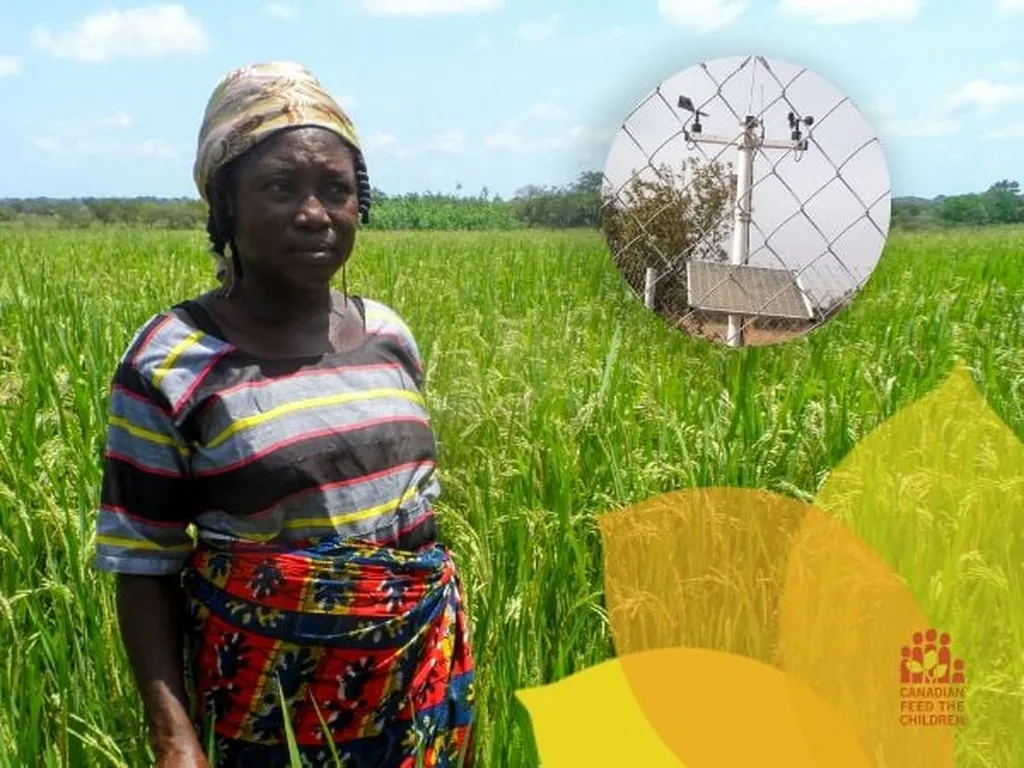In the sun-scorched fields of Northern Ghana, farmers are facing a dual challenge: adapting to a changing climate while striving to improve their yields and livelihoods. A recent study published in the *International Journal of Climate Change Strategies and Management* (translated as “Journal of Climate Change Strategies and Management”) sheds light on how bundled climate-smart agriculture (CSA) and climate information services (CIS) are being adopted and what drives their success. The research, led by Obed Kwaku Mahama from the Department of Agricultural and Food Economics at the University of Development Studies in Tamale, Ghana, and the International Institute of Tropical Agriculture (IITA) in Accra, offers valuable insights for the agricultural and energy sectors alike.
The study reveals that farmers in Northern Ghana are increasingly adopting bundled CSA and CIS technologies to combat water stress and maintain soil moisture. These technologies include leguminous crop rotation, organic soil improvement, pest- and disease-tolerant varieties, and stress-tolerant varieties, all bundled with climate information. The adoption of these technologies is driven by factors such as improved health, gender sensitivity, and social inclusivity.
“Prioritization based on improved health, gender sensitivity, and social inclusivity influences the adoption of these technologies,” Mahama explains. “This is crucial for ensuring that the technologies are not only effective but also equitable and sustainable.”
The research also highlights the differential adoption of these technologies based on the age of the farmers. Older farmers, for instance, are more inclined towards pest- and disease-tolerant varieties combined with climate information, as these require fewer labor days and are less costly compared to other pest and disease control measures.
“This differential adoption is driven by the age of the farmer, as labor-intensive technologies are less adopted by older farmers,” Mahama notes. “This is a critical factor to consider when developing and promoting these technologies.”
The findings of this study have significant implications for the agricultural and energy sectors. As the world grapples with climate change, the adoption of climate-smart technologies is crucial for ensuring food security and sustainable development. The study’s emphasis on the need for appropriate location-specific and age-differential-driven products developed around sustainable financing schemes with private sector involvement underscores the importance of collaboration and innovation in addressing these challenges.
Moreover, the study’s focus on the commercial impacts of these technologies highlights the potential for the energy sector to play a role in promoting and supporting the adoption of CSA and CIS. As the world transitions towards renewable energy, the integration of climate-smart agricultural practices can contribute to the development of a more sustainable and resilient energy system.
In conclusion, the study by Mahama and his team offers valuable insights into the drivers of use and adoption of bundled CSA and CIS technologies in Northern Ghana. By emphasizing the need for equitable, sustainable, and age-differential-driven technologies, the study paves the way for future developments in the field and highlights the potential for collaboration and innovation in addressing the challenges posed by climate change.

